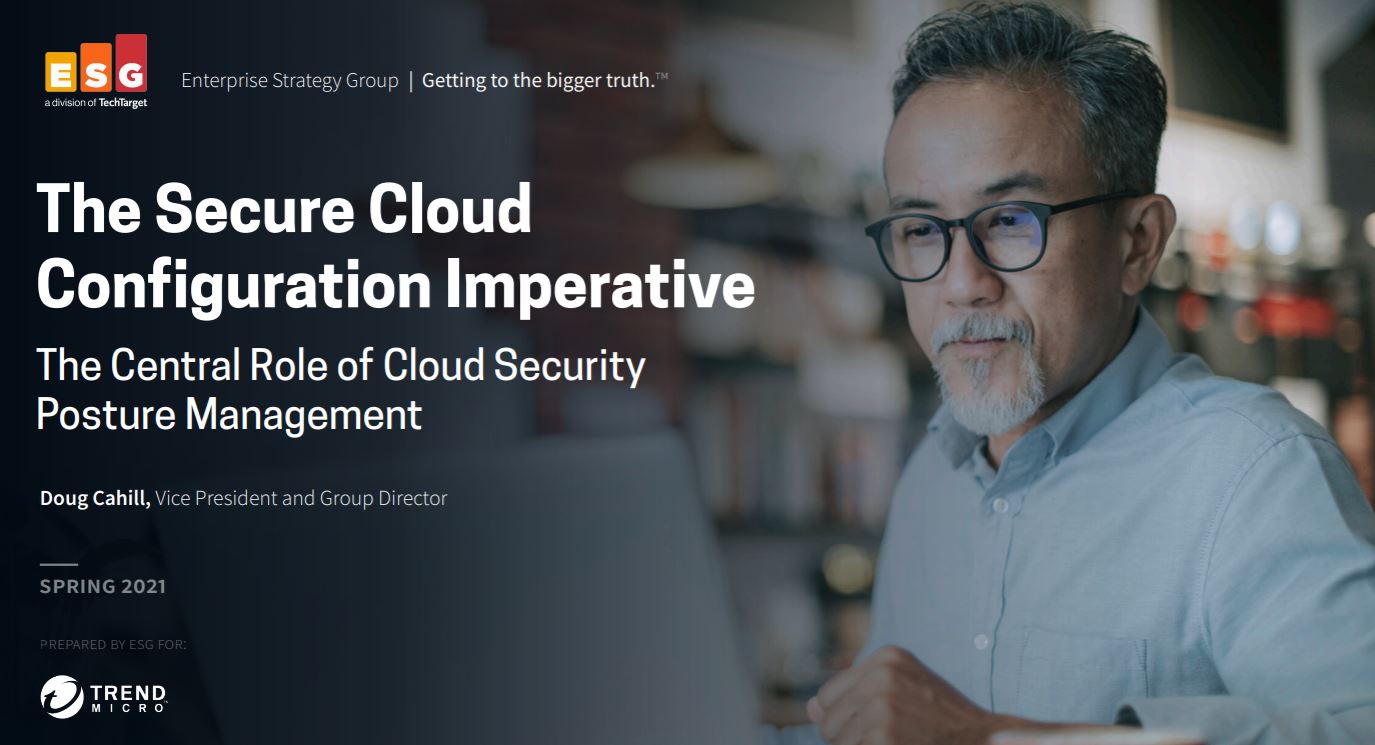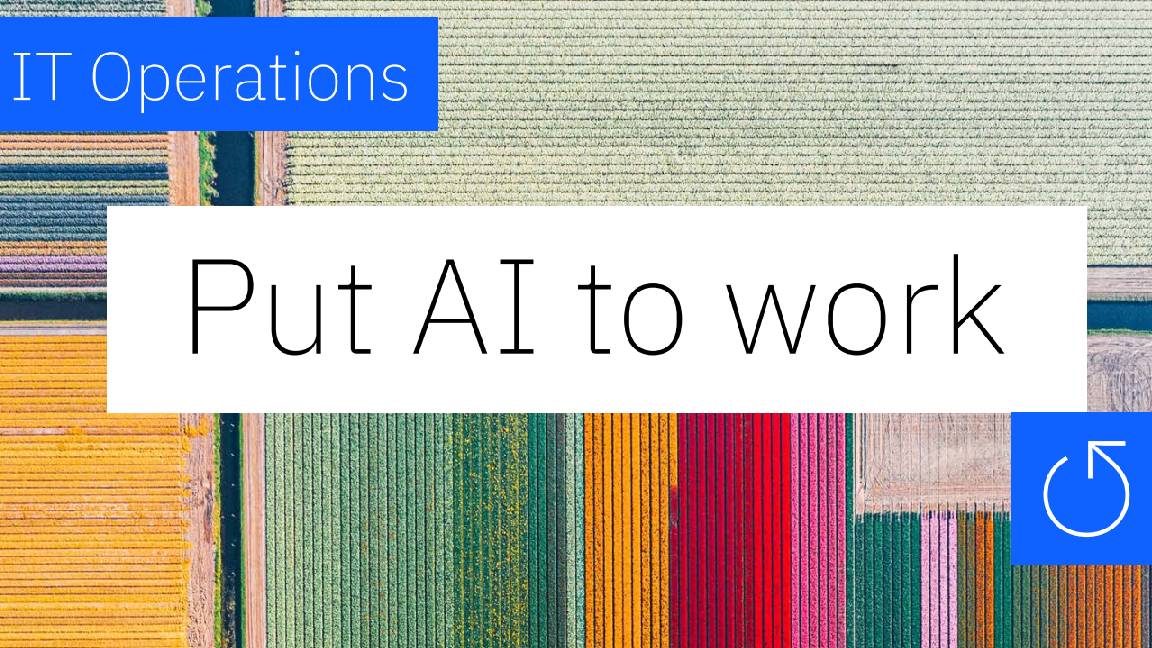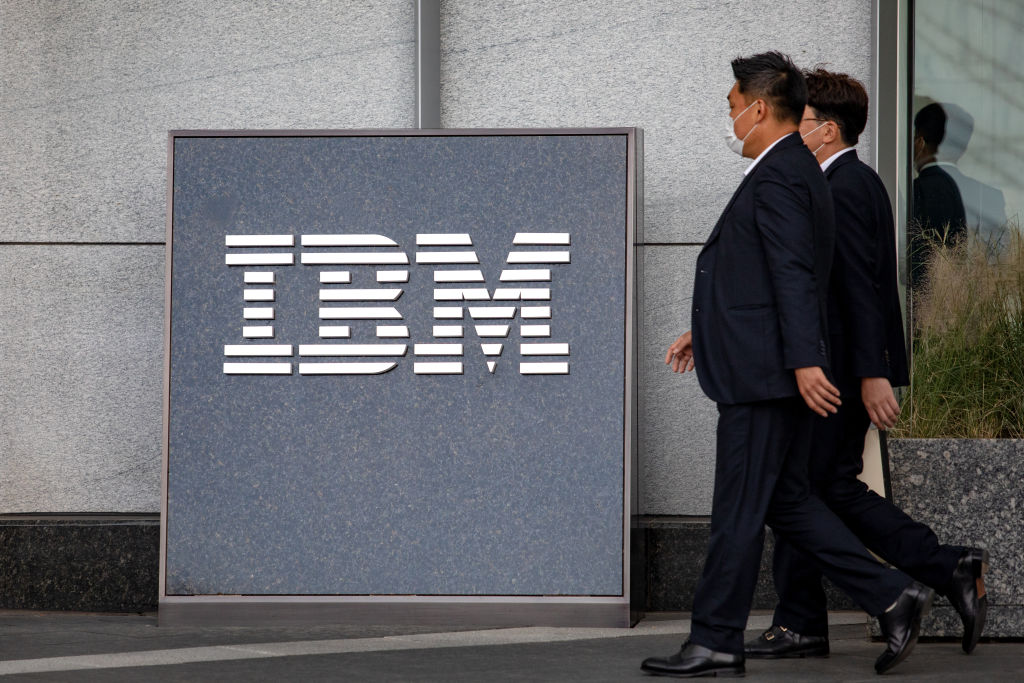IBM launches SASE services
Zscaler provides zero-trust component for cloud-based IBM security play


IBM has unveiled a set of secure access service edge (SASE) solutions to help customers secure complex distributed work environments.
SASE is a concept first articulated by Gartner in a 2019 white paper. It combines security and SD-WAN in a cloud-based approach designed to embed security directly into the network. This enables companies to apply security policies in the cloud that govern users no matter where they are.
Because the network and security are software-defined, administrators can manage them programmatically, making it easier to update these policies across the organization.
IBM Security Services for SASE is an end-to-end offering covering strategic consulting, design and integration, and application onboarding. It also encompasses a set of managed security services in the cloud to protect user sessions and data, such as secure web gateways, cloud-based firewalls, cloud access security broker services and data loss prevention.
RELATED RESOURCE

The secure cloud configuration imperative
The central role of cloud security posture management
Zero-trust security is another big component of SASE. This part of the solution removes implicit trust for people that access the network and verifies their identity when accessing resources inside the company's infrastructure. Zscaler, with which IBM partnered in May, will provide the zero-trust functionality for IBM's SASE portfolio.
IBM sees potential for its SASE services in areas such as hybrid workforce access, contractor and third-party access, and edge computing scenarios. It can also help to secure businesses undergoing mergers and acquisitions, the company said.
IBM commissioned a study from Forrester to support its SASE roll-out, and it found 60% of companies lacked a clear security strategy spanning their entire cloud deployment.
Get the ITPro daily newsletter
Sign up today and you will receive a free copy of our Future Focus 2025 report - the leading guidance on AI, cybersecurity and other IT challenges as per 700+ senior executives
Most companies (70%) found it challenging to implement centralized security controls across multi-cloud environments, while almost two-thirds found it difficult to secure their remote and in-office employees across multiple devices and locations.
Danny Bradbury has been a print journalist specialising in technology since 1989 and a freelance writer since 1994. He has written for national publications on both sides of the Atlantic and has won awards for his investigative cybersecurity journalism work and his arts and culture writing.
Danny writes about many different technology issues for audiences ranging from consumers through to software developers and CIOs. He also ghostwrites articles for many C-suite business executives in the technology sector and has worked as a presenter for multiple webinars and podcasts.
-
 Bigger salaries, more burnout: Is the CISO role in crisis?
Bigger salaries, more burnout: Is the CISO role in crisis?In-depth CISOs are more stressed than ever before – but why is this and what can be done?
By Kate O'Flaherty Published
-
 Cheap cyber crime kits can be bought on the dark web for less than $25
Cheap cyber crime kits can be bought on the dark web for less than $25News Research from NordVPN shows phishing kits are now widely available on the dark web and via messaging apps like Telegram, and are often selling for less than $25.
By Emma Woollacott Published
-
 What does the future of work look like?
What does the future of work look like?Sponsored Content Work is the product of continual interaction of humans with technology, but where is the future of work headed regarding recent technological advancements?
By ITPro Published
-
 Put AI to work for IT operations
Put AI to work for IT operationswhitepaper Reduce the cost and complexity of managing hybrid applications
By ITPro Published
-
 AI in the retail industry is spreading beyond the IT department
AI in the retail industry is spreading beyond the IT departmentNews AI has become a strategic imperative for retailers, delivering marked productivity gains
By Emma Woollacott Published
-
 Maximizing contact center operations with generative AI assistants backed by responsible AI principles
Maximizing contact center operations with generative AI assistants backed by responsible AI principleswhitepaper Reduce the cost and complexity of managing hybrid applications
By ITPro Published
-
 IBM just launched powerful new open source AI models – here’s what you need to know
IBM just launched powerful new open source AI models – here’s what you need to knowNews Available under the Apache 2.0 license, IBM's Granite 3.0 models are trained on enterprise data and can out-perform the competition
By Emma Woollacott Published
-
 Achieving business outcomes with generative AI
Achieving business outcomes with generative AIWebinar Take your hybrid cloud journey to the next level with generative AI
By ITPro Published
-
 Wimbledon’s new Catch Me Up AI feature promises to keep fans up to date at the tournament – after it irons out some of the wrinkles
Wimbledon’s new Catch Me Up AI feature promises to keep fans up to date at the tournament – after it irons out some of the wrinklesNews The latest feature to come out of IBM’s partnership with Wimbledon will keep fans engaged from the early stages right through to the final with dynamic player insights
By Solomon Klappholz Published
-
 AI demands new ways of data management
AI demands new ways of data managementwhitepaper The data leader’s guide for how to leverage the right databases for applications, analytics and generative AI
By ITPro Last updated